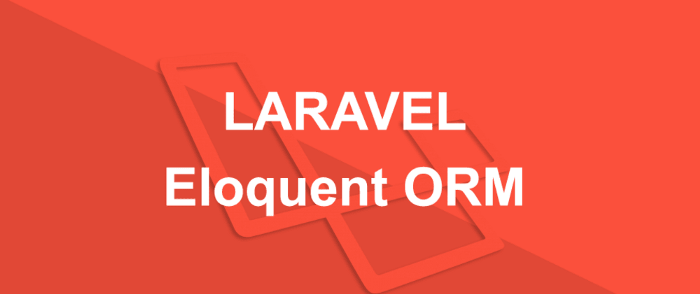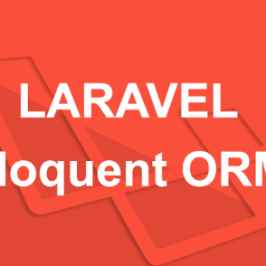

The fifth episode of this series is coming soon, so we’ll only mention it briefly: Most of the Core news is covered in detail in the PHP Core Roundup series from the PHP Foundation. Watch a video overview of 🎬 What’s New in PhpStorm 2022.2.Īnd we have just published PhpStorm 2022.3 Roadmap.
Eloquent update update#
This major update brings support for Mockery and Rector, enhanced support for generics and enums, improvements to the debugger and HTTP client, and more. The new version of concurrency extensions comes with an enhanced type system, added types for parameters and return values of all functions, optimized error handling, and other improvements and additions.
Eloquent update install#
It will install webserver, SSL, PHP, Redis, node, and others.Īttributes, PHP 8 support, sharding, and more features! The provision recipe can automatically install and configure any VPS for running your PHP application. One of the biggest changes in v.7 is a new provision recipe. Read more about two new commands: audit and bump.ĭeployer is a deployment tool written in PHP with support for popular frameworks out of the box. It adds auditing of dependencies for security, bash completions, and many smaller additions. 🪲These are bug-fix releases of currently supported branches. PHP 8.0.22 and PHP 8.1.9 have been released.
Eloquent update how to#
The next release is PHP 8.2.0 RC 1, which is expected to be released on September 1.Ĭheck out how to deal with deprecated dynamic properties in PHP 8.2.įor a detailed list of what’s coming in PHP 8.2, see PHP.Watch or stitcher.io.Īlso, check out the flash newsletter, The Road to PHP 8.2. The final beta has been delivered according to schedule. The database credentials, prefix, character set,Īnd all other options in the main mysql dictionary will be shared across both connections.Welcome to the August installment of PHP Annotated, where we’ll catch up on the most interesting things that have happened in the PHP world over the last month, including curated news, articles, tools, and videos. In the read and write dictionaries if you wish to override the values in the main dictionary. Will be merged from the main mysql dictionary. The rest of the database options for the read and write connections Note that two keys have been added to the configuration dictionary: read and write.īoth of these keys have dictionary values containing a single key: host. Here is an example of how read / write connections should be configured: config = Eloquent makes this easy,Īnd the proper connections will always be used whether you use raw queries, the query


Sometimes you may wish to use one database connection for SELECT statements,Īnd another for INSERT, UPDATE, and DELETE statements. Set the _timestamps_ property on your model to False. If you do not wish to have these columns automatically maintained, Note that you will need to place updated_at and created_at columns on your table by default. Once a model is defined, you are ready to start retrieving and creating records in your table. Likewise, you can define a _connection_ property to override the name of the databaseĬonnection that should be used when using the model. You can define a _primary_key_ property to override this convention. The ORM will also assume that each table has a primary key column named id. You can specify a custom table by defining a _table_ property on your model: class User ( Model ): _table_ = 'my_users' In this case, the ORM will assume the User model stores records in the users table. The plural “snake case” name of theĬlass name will be used as the table name unless another name is explicitly specified. Note that we did not tell the ORM which table to use for the User model. Defining a model class User ( Model ): pass


 0 kommentar(er)
0 kommentar(er)
